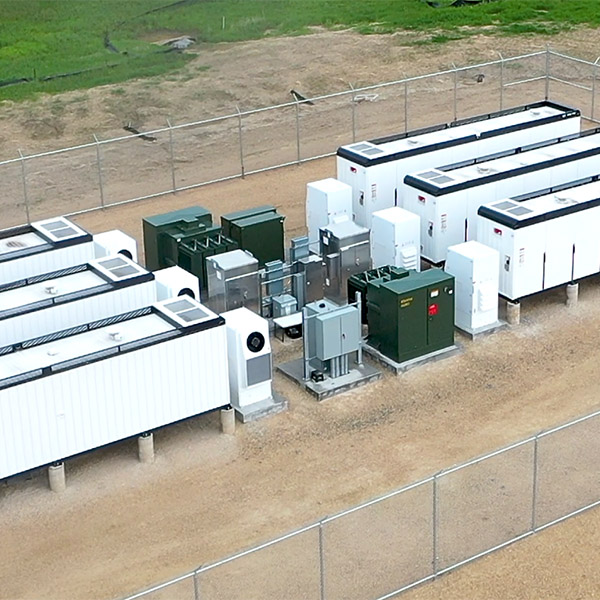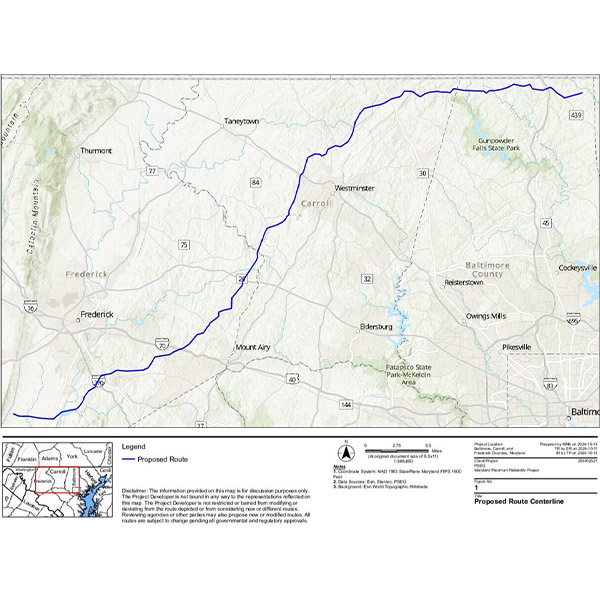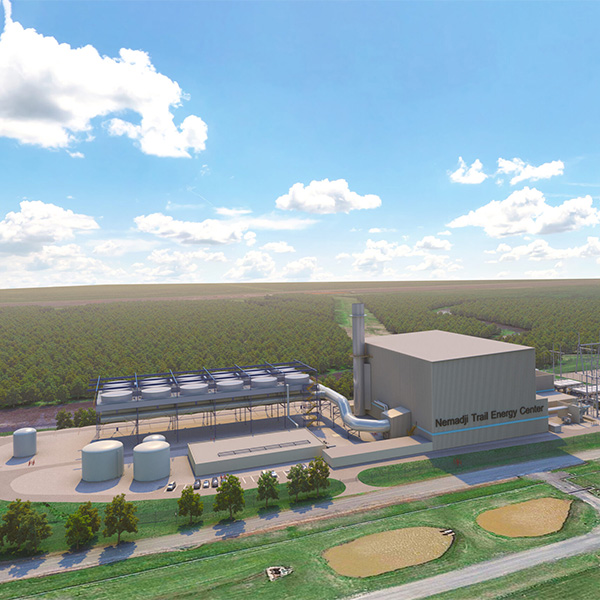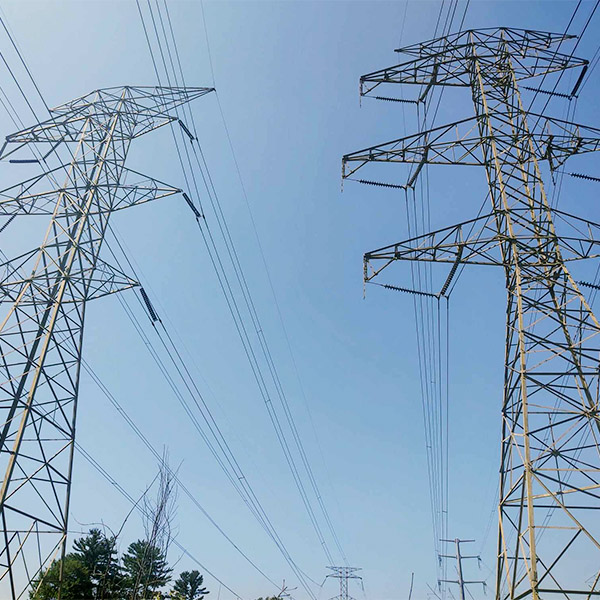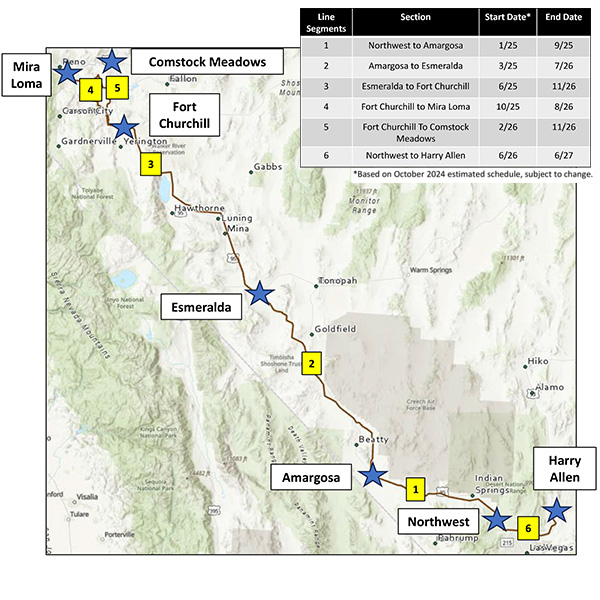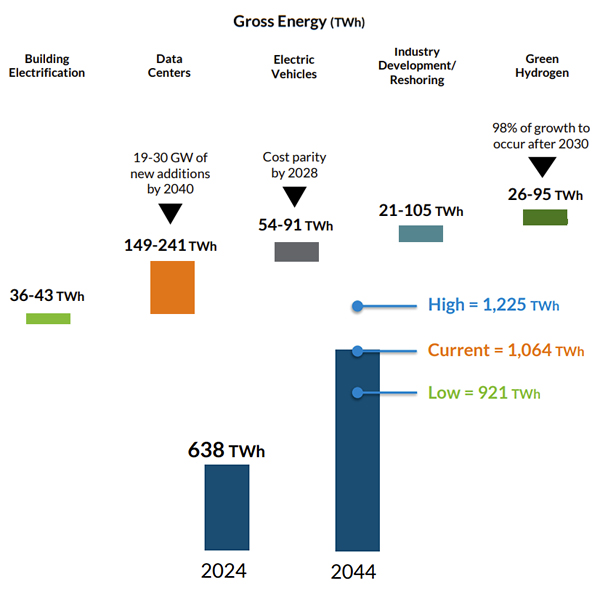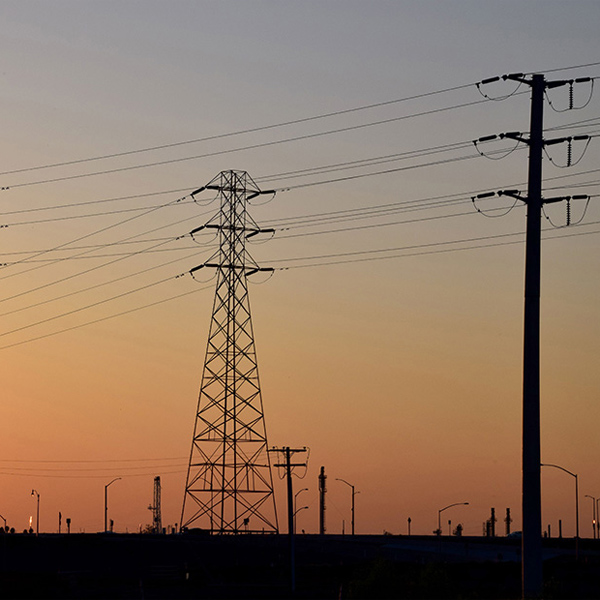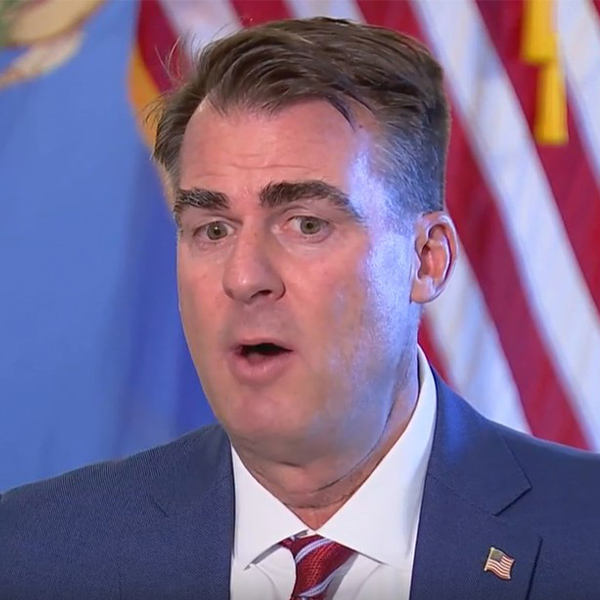Transmission
Protests and endorsements have turned up in response to MISO’s second attempt with FERC to annually cap project submittals to its interconnection queue based on a megawatt value.
New England transmission owners no longer can require interconnection customers to pay operations and maintenance costs for required system upgrades, FERC has ruled.
The Maryland Piedmont Reliability Project is a proposed 67-mile, 500-kV transmission line that could be vital to grid reliability in the state but has already sparked opposition.
MISO will waste no time in 2025 trying to blunt the threat of a shortage that could arrive in the summer months by encouraging new generation and enacting further resource adequacy measures.
Investor owned utilities have filed requests for rehearing of Order 1920-A, arguing accommodations for states intrude on their rights to file rates under the Federal Power Act.
With approvals falling into place for NV Energy’s Greenlink West project, construction of the 472-mile transmission line is expected to ramp up in 2025.
The U.S. government alleges that PacifiCorp's failure to maintain its power line equipment caused the 2020 Archie Creek Fire that burned over 131,000 acres and resulted in hundreds of millions of dollars in damages to federal lands.
Facing proliferating load additions, MISO has begun developing in-house long-term load forecasts after years of relying on outside help to form load outlooks.
A wide ranging group of consumer organizations filed a complaint with FERC that seeks to rein in what they say is excess utility spending on transmission under local planning processes.
Oklahoma Gov. Kevin Stitt’s (R) recent threat during a television interview to “unplug” from SPP may sound like political rhetoric designed to curry favor with his constituents, but the Arkansas-based grid operator is taking the statement seriously.
Want more? Advanced Search
